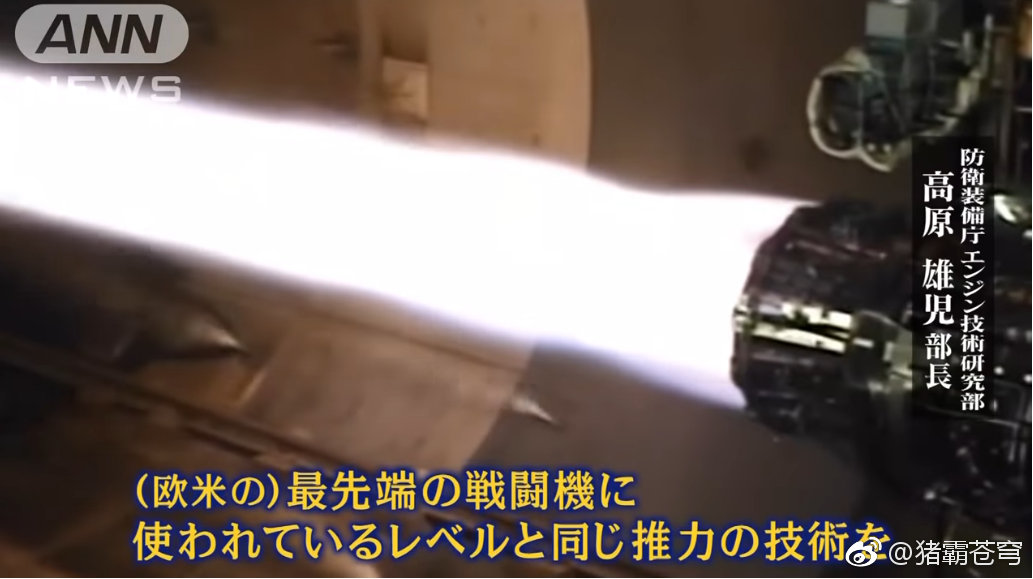Japan discloses further details of next-generation fighter aircraft
Posted on
Japan continues to work on creating domestic fifth-generation stealth fighter as seen in footage aired on national TV.
The footage posted on 26 March shows that Mitsubishi Electronics-led team proceeded to test their active electronically scanned array (AESA) radar based on the F-2 fighter aircraft. According to several media reports, the new Japanese AESA radar similar to US-made AN/APG-81, which is installed on Lockheed Martin F-35 Lightning II fighter jet.
Also showcased for the first time footage of test prototype of a low-bypass turbofan (in some sources called the XF9-1) equipped with afterburners, developed by IHI Corporation as part of a power plant program for an advanced F-3 fighter. The new engine is about 4.8 meters in length, about 1 meter in diameter and more than 15 tons of thrust with afterburner, and more than 11 tons of intermediate thrust without.
The developers said that the new fighter’s engine has basically met the performance requirements of the design. With the adoption of Japan’s material technology, the engine prototype core ensures a reliable operation at a 1800 degree temperature in front of the turbine, which has reached the level of the fourth generation of large aero turbofan engines.
According to the current information, Japan started up the program of development of the domestic stealth fighter in response to the United States’ refusal to sell Japan the Lockheed-Martin F-22 Raptor in 2007. Japanese media also reported that purchasing of newest F-35 Joint Strike Fighter aircraft is an interim solution until Tokyo can develop and produce its own 5th generation fighter.
Last month, the Japanese Ministry of Defense (MoD) has confirmed to Jane’s its plans to pursue a “Japan-led” program to develop a next-generation fighter aircraft that will replace its Mitsubishi F-2 multirole combat platform in the 2030s.


Subscribe to our newsletter
Promotions, new products and sales. Directly to your inbox.
